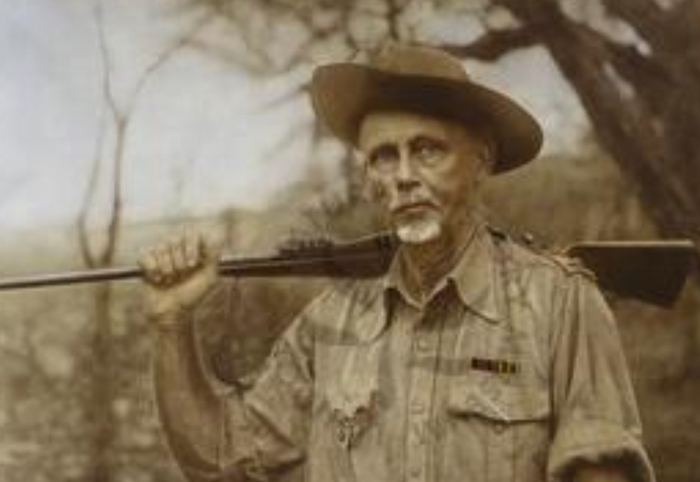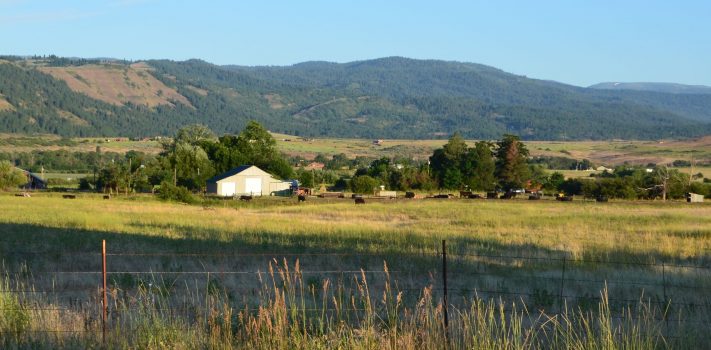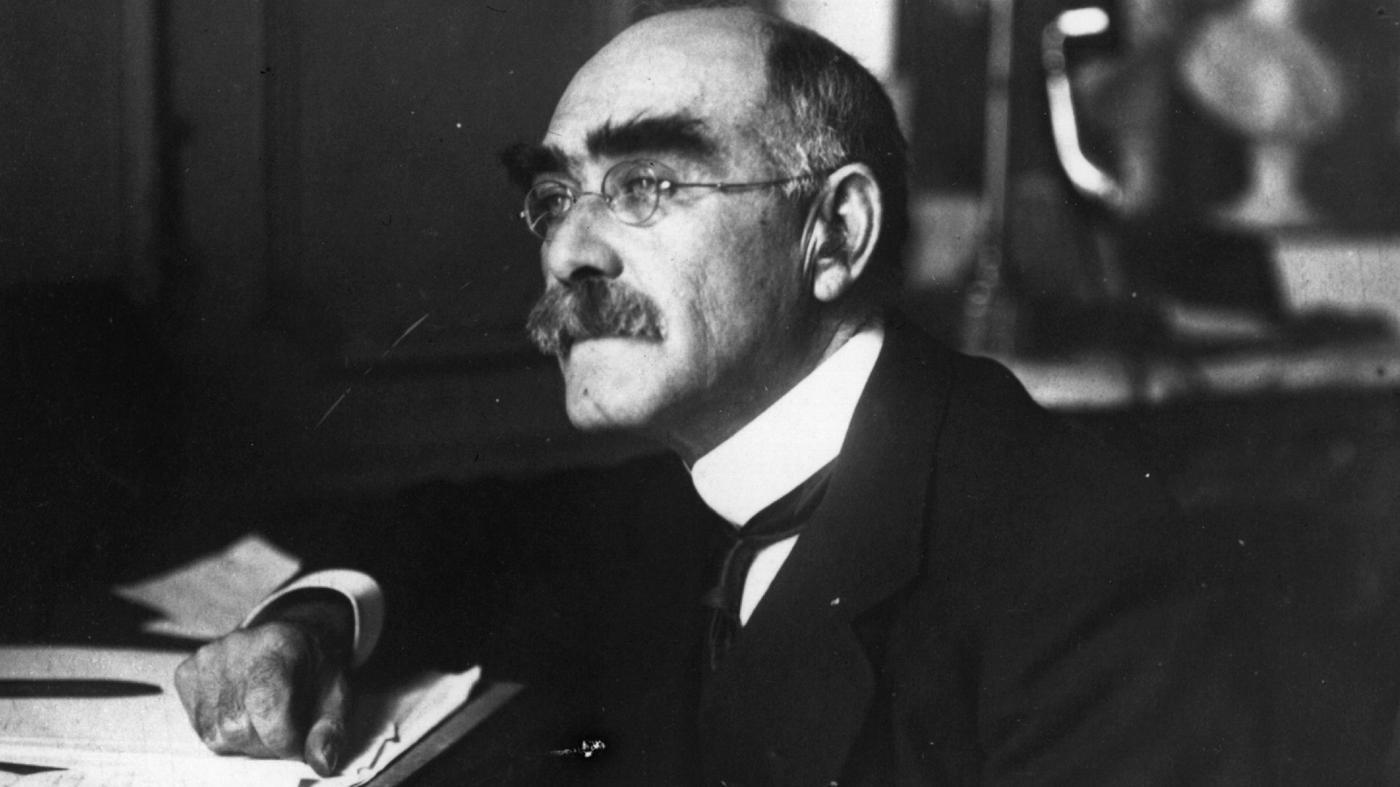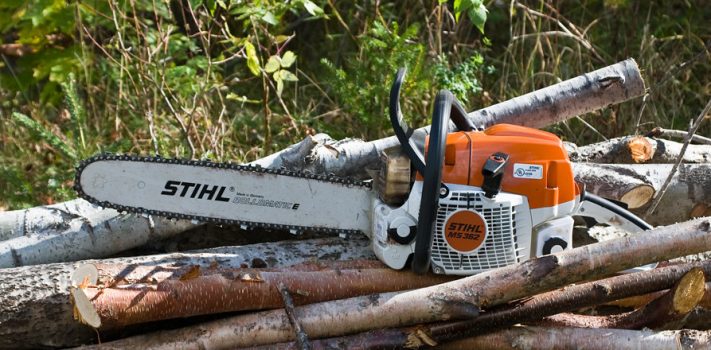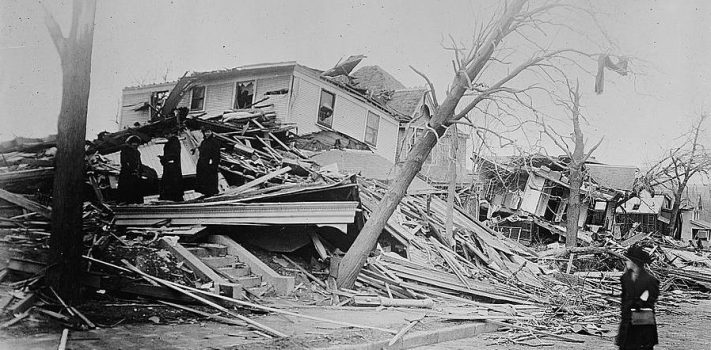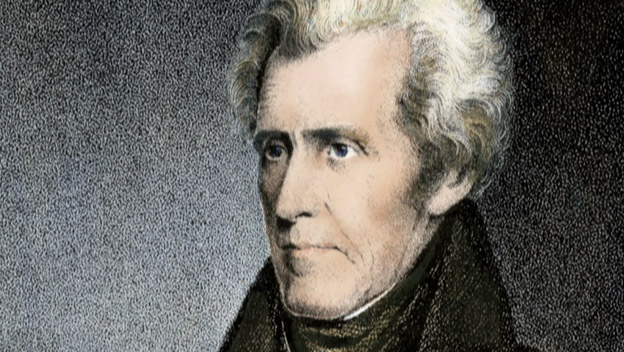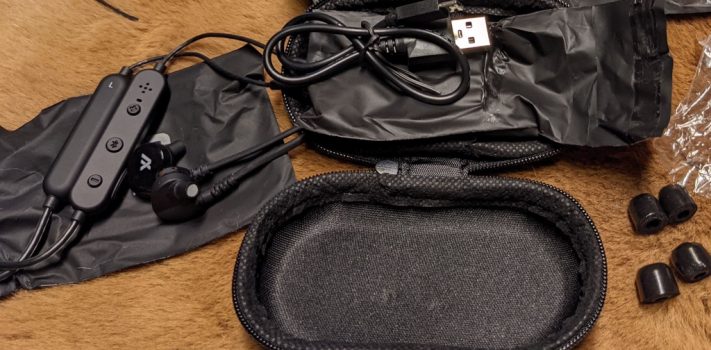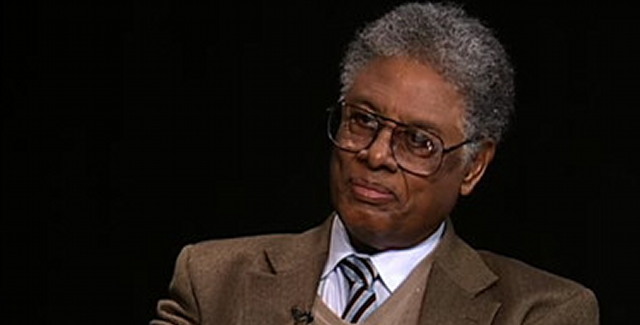To be prepared for a crisis, every Prepper must establish goals and make long-term and short-term plans. In this column, the SurvivalBlog editors review their week’s prep activities and planned prep activities for the coming week. These range from healthcare and gear purchases to gardening, ranch improvements, bug out bag fine-tuning, and food storage. This is something akin to our Retreat Owner Profiles, but written incrementally and in detail, throughout the year. We always welcome you to share your own successes and wisdom in your e-mailed letters. We post many of those –or excerpts thereof — in this column, in the Odds ‘n Sods Column, and in the Snippets column. Let’s keep busy and be ready!
Jim Reports:
Happy New Year, folks!
It has felt good to get back into our deep winter routine. Lily has the indoor greenhouse trays already growing and producing salad greens. I snowplow our road and barnyard/parking area once every few days (as needed), and we keep the woodstove constantly fed. On alternating days I refill the woodbox that is near the stove. And every day we check on the main stock tank and its heater, feed the sheep, feed the cows and horses, and feed the chickens and collect eggs. There are also some smaller water buckets that need a daily rinse and re-filling. I have my once-a-week routines, as well: A trip to town to check on incoming mail and to mail out Elk Creek Company packages, and rolling a dozen or more bales of hay off of the top of the pile — to make them handy for whoever is feeding the bovines, equines, and ovines.
I enjoy the quiet and serene pace of deep winter. I get a lot of writing done, and I have more free time available for repair and renovation projects around the house. At this time of year, we all seem to have more time available for reading and playing board games. (The most recent favorites for our family are Scrabble and Ticket To Ride – Europe.)
The highlight of each week is our group Bible study. Our group meets in a home that is less than 15 miles away — which is “practically next door” by American Redoubt standards. It is the most in-depth study I’ve ever participated in. There is a lot of topical study, apologetics, history, Holy Lands’ geography, and brief dives into Greek and Hebrew. The studies on prophecy and eschatology would be enough to overwhelm any “baby Christian.” I feel truly blessed to be a member of that study group. It is a great time of fellowship, around mostly gray-hairs, like myself.
Thusfar, this fall and winter, we’ve had about three feet of snow, but it has compacted down to about 18 inches. But in actuality, that is just a trifling amount. I have some relatives with a cabin in the High Sierras of California. They tell me that they already have eight feet on the ground and may get more than 18 feet of snow this year!
With all of the recent snow, we had a pair of “leaner” fir trees go almost fully down across one of our fences. So I picked a sunny but brisk day (12 Degrees F.) and cut them up with my chainsaw. For safety, I had to work very deliberately and slowly each time I took a step–since I was on a slope and my Kamik boots were postholing through 20+ inches of crusted snow. I piled the limbs into a slash pile to burn in April or May. Thankfully, the trees had apparently both bent down slowly under snow load, so they did very little damage to the wire mesh field fence.
Now, over to Lily…



